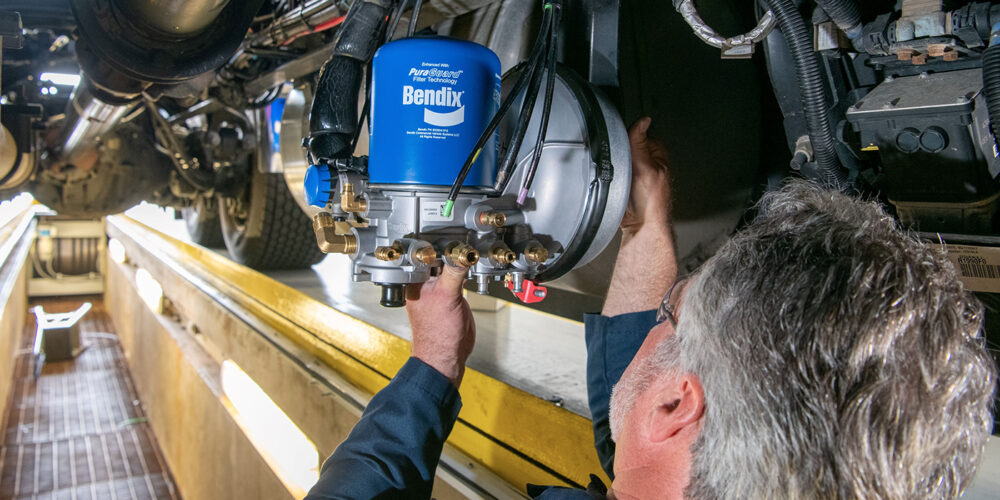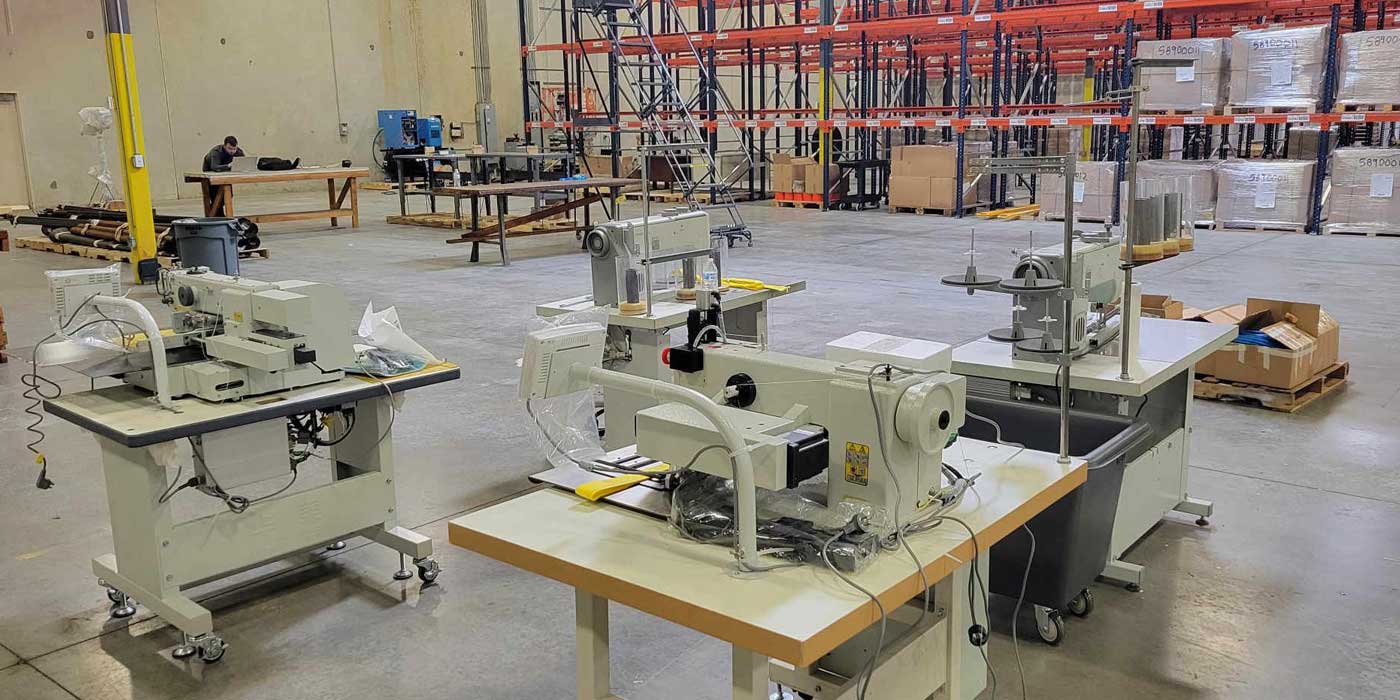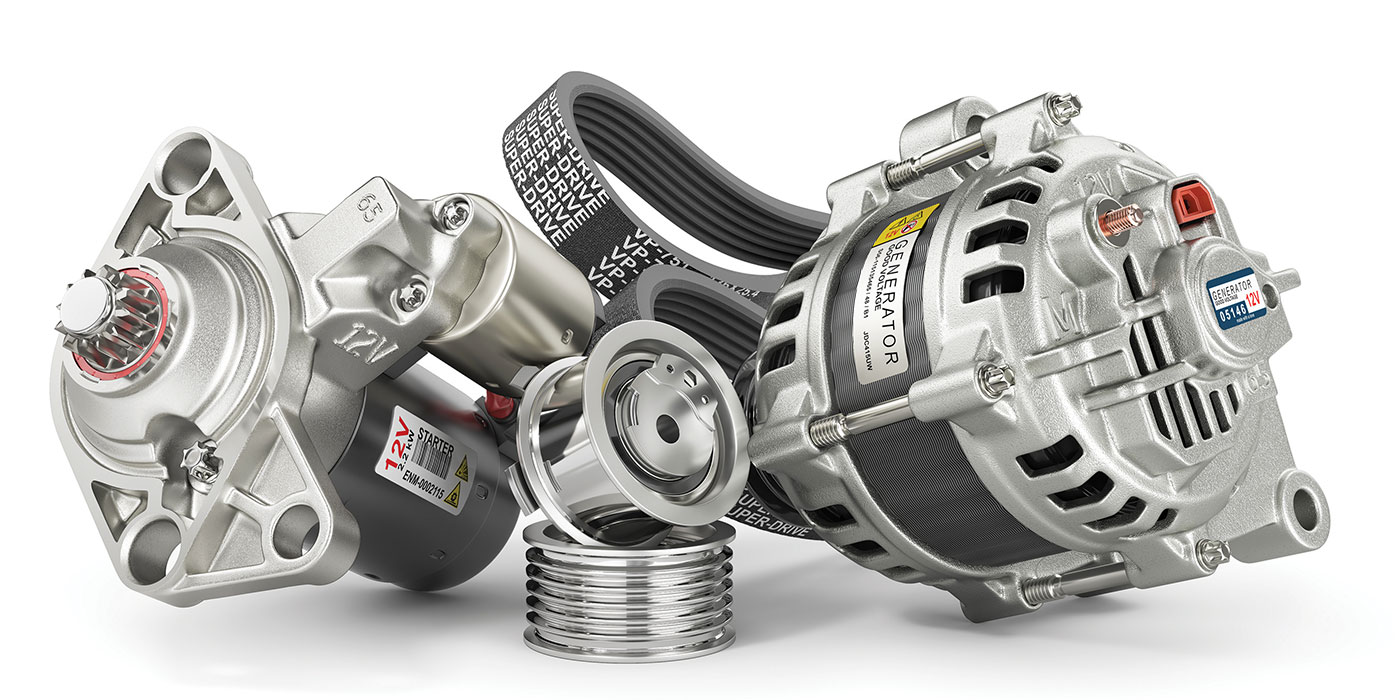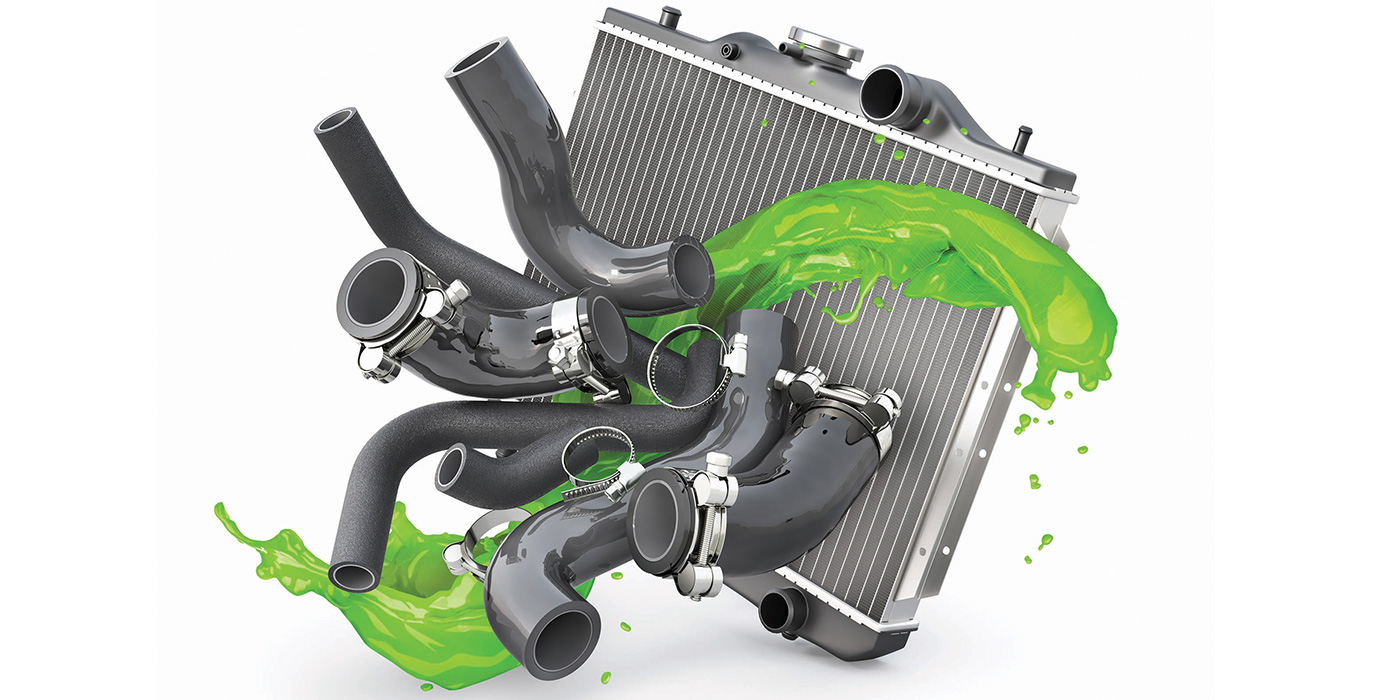MISSION VIEJO, CA — It’s the American way. Start your own business. Perfect your methods. Hire good people. Grow your customer base. Perfect the idea at one location, then expand by adding new locations that share the same business model. Thousands of successful retail enterprises have started in exactly this way. It’s a fundamental way to apply the principle we all learned in Economics 101 – economies of scale. Business 101 would call it leverage. Good entrepreneurs call it survival!
In the world of automotive service and repair, the quest for larger-scale enterprises began with the simultaneous growth of automobile and oil companies. Oil companies developed extensive retail distribution organizations to exploit our automobiles’ need for gasoline and lubricants, and quickly added service bays to perform other needed services. Thus the automotive aftermarket was born. Car companies initially focused on mass producing vehicles at low cost (another great example of economies of scale), but soon realized the importance of sales and distribution. The dealership model emerged as the best way to expand and dealerships quickly discovered the value of service and repair as a way to cover much of their fixed operating cost, not to mention keeping their customers in tow. While the dealer service model remains an important fixture in our industry, the service station model is now a relic of earlier times. More effective, efficient chain service businesses have emerged to exploit growing vehicle servicing needs.
Today, competition is the fuel that enables strong businesses to grow and weak business concepts to fall by the wayside. Entrepreneurs in the service business continually find new ways to excite customers, to refine business practices andto apply new technology. From our viewpoint, the most interesting action is in the “middle market” where a small- to medium-sized service enterprise has created a winning business formula and is now in expansion mode, opening new stores in new markets. But we often witness a major obstacle that tends to emerge at this critical juncture. Often the business management technology employed in earlier-stage development cannot meet the needs of a larger, more complex business enterprise.
Business management at the “point of sale” is quite different than business management at the central office (headquarters) function. As the enterprise grows, central office management generally becomes most critical. Best-in-class chains manage this transition as transparently as possible so that entrepreneurial spirit survives and prospers at the individual store level. Business management software solutions designed for multi-store operations must navigate this important functional divide. Last week’s “DST Asks” question gets right to the heart of this issue for several chain operational categories.
Store and Chain Management
It’s really all about control. As a business owner, control is essential. As a first order of business, chain solutions must provide a platform to “get in front” of the enterprise, set a course of action, monitor results and implement changes. Technology today is able to seamlessly connect stores to each other and to their central office entity using relatively low cost networks, including the Internet. This is important because information is so critical, and information must be shared to be useful. Real-time access to key business drivers, metrics, sales statistics, customer counts and other mission critical information is essential. Technology to build standard as well as ad-hoc, custom business reports needs to be part of the solution, and presented in a convenient, user-friendly format that does not require corporate IT intervention to provide the information. Corporate managers, both centrally and “in the field” need to be able to access information conveniently. Today, this means using a laptop or PDA to access the corporate network from literally anywhere to pull real-time status information on stores, regions or the whole enterprise.
Similarly, the central office benefits from a seamless connection to stores in order to create a common “look and feel” to customers anywhere in the enterprise. Marketing programming is a good example. Service packages containing specific parts, procedures and labor times can be determined centrally and quickly disseminated to all stores. Changes in advertising or in-store merchandising collaterals can also be released electronically using these technologies.
Best-in-class chain enterprise solutions are designed from the perspective of managing a multi-store business operation without sacrificing features that the local store absolutely requires. Like easy to use point-of-sale tools requiring minimal keystrokes and seamless navigation that don’t require excessive data entry or extensive training or create an unfriendly customer experience. Making these features operate as if intuitively connected to your core business processes is a science unto itself and not all software gets it right.
Customer Management
Volumes have been written on customer management, satisfaction and loyalty, and how these tie back to increased revenue and profits. Multi-store management solutions must be able to track customers and their purchases for all their household vehicles anywhere they transact business with your chain. This has important implications for data entry at the point of sale and information sharing across the enterprise. The best solutions allow simple, unambiguous identification of existing customers and their vehicles, with similarly easy-to-use “new customer” entry features that often begin with national database searches in real-time to automate the data entry process as much as possible. Time at the counter is precious, and customers appreciate a personalized service experience so long as it doesn’t take an excessive amount of time. Features that quickly identify the individual, his or her chain-wide purchase and vehicle history, previous service recommendations, and other aspects of the service relationship will pay big dividends in customer satisfaction and loyalty.
Parts Sourcing
All chains need a parts supply chain. This is true for tire chains, lube chains, brake and undercar chains, or general service chains. And most supply chains have many tiers, beginning with parts held in a local store inventory, then on to inventories at nearby stores, at the corporate distribution center, and at outside suppliers, car dealers, program groups and so forth. Efficient supply chain management has become a whole new frontier for chain profit improvement. Automation here can streamline and optimize many time consuming, wasteful sourcing practices. Best solutions now have imbedded parts sourcing features built into the process of generating a customer repair order. Business rules in the software control how parts get sourced, from where in the supply chain, and how the pricing gets applied to the ticket. This ensures compliance with purchasing controls and helps eliminate a common source of profit shrinkage.
Electronic ordering has also become a standard feature of best-in-class solutions. This step combines the sourcing logic described above with electronic interfaces to designated suppliers to achieve automated parts inquiry, ordering, confirmation, and invoicing functions. Eliminating the need for calls to dozens of parts suppliers generates time savings and profit enhancement opportunities.
Choosing the right business management solution for multi-store business operations can make or break your expansion plans. Hopefully we’ve helped you identify some of the key features you’ll require.
We continue to love to get your responses to our weekly questions, hearing your thoughts on the topics that we post, suggestions for additional questions and anything you’d like to share. Send us an email at: [email protected] or give us a shout at 1.800.700.4DST.
_______________________________________
Click here to view the rest of today’s headlines.
“DST Asks” is written and sponsored by DST Inc. The opinions expressed in “DST Asks” articles appearing on aftermarketNews.com do not necessarily reflect the opinions of AMN or Babcox Publications.















